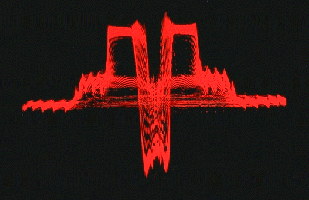
Electromagnetic Wave Transmission
Spring 2011
Instructor: Prof. Bond; Office: 225 Workman; x5411: rhb@ee.nmt.edu
Schedule: 11:00 PM - 11:50 PM M,W,F in Workman 113
This course builds on the field theory concepts presented in EE 333. The understanding of electrostatics and magnetostatics will be enhanced. In particular we will look at energy storage in magnetic and electric fields, the resulting inductance and capacitance values for simple physical systems, and the forces developed in these systems. We will extend our analysis of plane wave propagation in free space to include normal and oblique reflection and refraction from plane surfaces. We will then study propagation in wave guides, and fiber optic systems. Then simple radiating systems (antennas) will be analyzed.

In the various transmission systems we will look at propagation rate (phase and group), attenuation, dispersion, and reflection. In a general fashion, we will analyze both transient and steady state behavior of these transmission systems.
The antenna portion of the course will deal with techniques for finding the radiation fields of various antenna types. We will then define and calculate directivity, gain, radiated or received power and antenna input impedance. After dealing with single antennas the course will look at the results of combining multiple antennas into arrays.
Much of the course will be dealing with mathematical descriptions of the above phenomena, but the goal is for physical understanding.
Course Structure:
Homework will be given on a regular basis and graded. Late homework may or may not be graded, and will not count toward the semester's grade.
There will be three tests plus a final with the final exam being worth about 1.3 times the value of the other individual tests.